It’s an age-old question: “what advice would you go back and give your younger self?”, but something we perhaps ponder less is what professionally we wish we knew about our field before we embarked on our career journey.
We often begin our careers, or career changes, bursting with excitement, energy, and a healthy dose of naivete. It’s often only when we’ve become veterans in our fields that we wonder what life would have been like if we’d encountered some of our hard-learned career lessons just a little earlier.
“Would I be further ahead if I had known this? Would I be making more money? Would I feel more fulfilled?” you might ask—we know we did earlier in our careers!
We’re a pretty reflective bunch at AJ&Smart, and we’re BIG on sharing our experiences—the good, the bad, and the ugly—with the mission of helping people learn from our successes and mistakes. So we asked 4 Designers at AJ&Smart, all at different stages of their careers, what they wish they had known before they started out…
1. Understand (and embrace) what it means to be a junior designer
“Generally speaking, and this is the case at AJ&Smart, a senior UX designer would work out the blueprint and the junior would be expected to execute that blueprint within a tight scope of work.
I think that’s what people don’t realize when they’re juniors, that the worst thing you can do is to not understand your skill level and to kind of overblow it, because senior designers notice that immediately.
I think that acknowledging that you are a junior designer and embracing the fact that you can ask questions all the time is a good thing. Those who don’t move forward are the ones who are protective about their skill level and think “I’m gonna just do my own thing and not ask questions”
– Jonathan Courtney, CEO & Founder of AJ&Smart
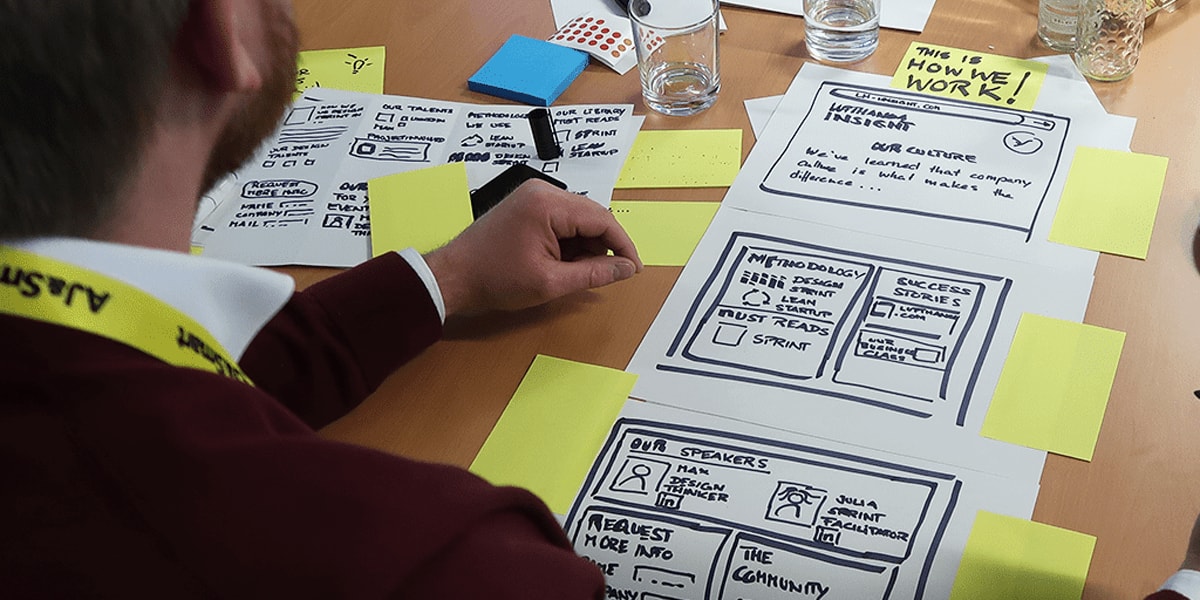
2. Be patient and trust yourself
“Creativity and ‘perfection’ in your work come with time. Younger designers can sometimes be a bit anxious and compare themselves with others who are at the top of their game in the design world. It’s easy to be constantly bombarded with amazing design work and to think your own work is s**t!
Instead, try and look at other people’s work with an analytic and rational mindset. See what you can absorb from their work to make yours better. If you constantly go around thinking other designers are better than you, taking it personally, then it’s really destructive to your creativity.
Also, network with people—don’t be afraid to reach out and ask more senior designers for a coffee to share tips and advice. You’ll get a lot of people saying no, but eventually, you’ll meet some interesting people and this can be game-changing for your career!”
– Bruna Silva, Product & Visual Designer at AJ&Smart
And Bruna is not alone! We hear more and more designers saying they wish they’d been more chill when they started their careers and haven’t driven themselves crazy in pursuit of pixel perfection. One of those designers happens to be Christian Hertlein, Head of Design at N26, whom we recently interviewed! Check out what other advice he gives young designers on our blog.
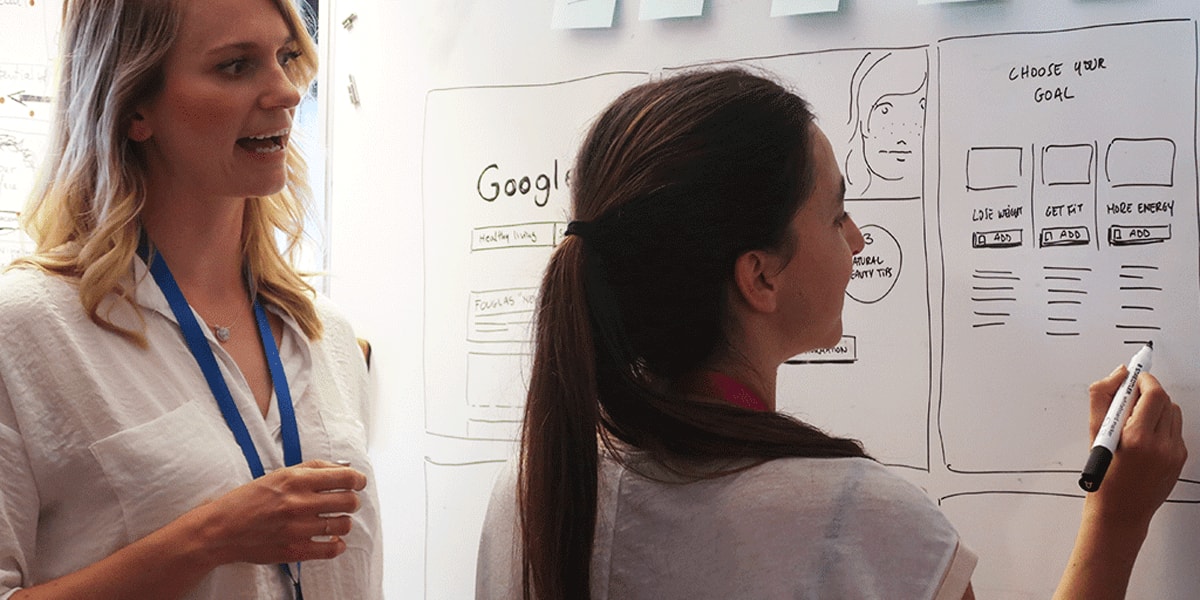
3. Learn about your options as early as possible
“I wish I had known more about all the different jobs and disciplines there are in design, and what the differences between all these roles were.
So what’s the job of a Product Designer, a Graphic Designer, a Web Designer, UI, UX Designers, and how do they all work together, and what does it mean to be one of these versus another? I almost started pursuing a career as a print designer, which would’ve taken me in a completely different direction from where I am.
I think having this insight as early as possible makes you a better designer because you’ll understand how everything works together, and you’ll also be able to more quickly move towards the area that interests you and make quicker strides in your career.
With this being said, I also think this is a natural part of discovering any field. To try different things and see what you like the most.”
– Jonas Schmahl, Product Designer at AJ&Smart
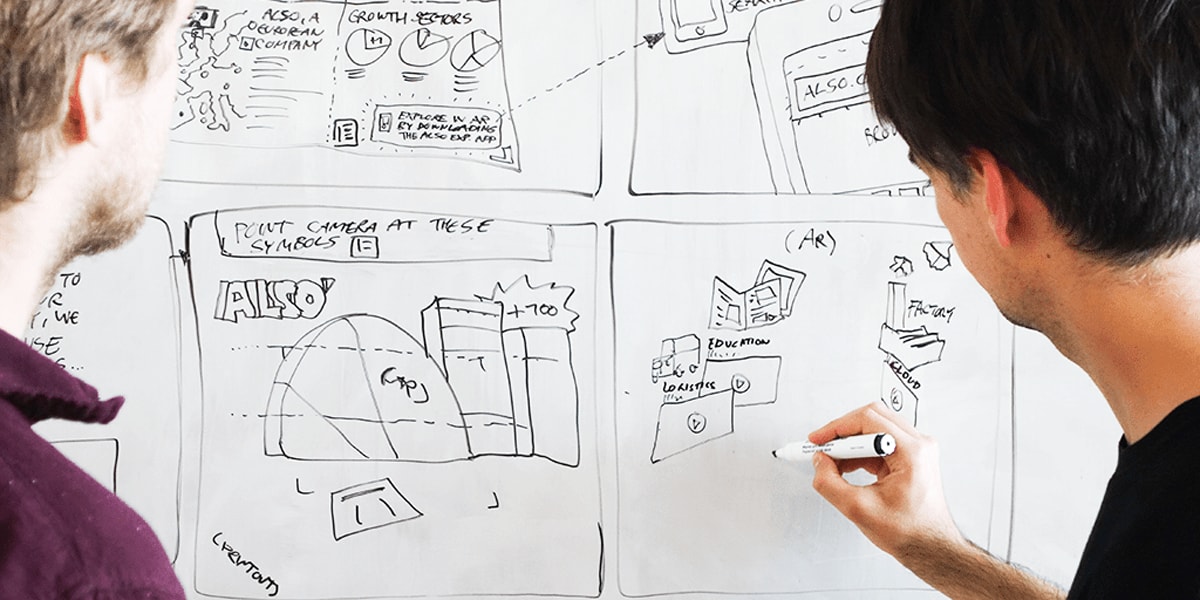
4. Take charge of building up your knowledge.
We’re all about the ‘learning by doing’ approach, and we’re sure that the best way to internalize a newly learned concept is to put it into action! With that being said, one thing we wish we started practicing sooner is self-education.
“You need to be interested in the topic of your work. Interested enough to read, listen to podcasts, look at the tech news, look at the new patterns, understand how the design world works… all in your spare time! Otherwise, you’re relying on learning all of that on the job, and might not learn the theory behind it, which makes it very difficult to move forward.”
-Jonathan Courtney, CEO & Founder of AJ&Smart
We know how overwhelming searching for reliable, trustworthy sources can be, which is why we compiled the free UX resource swipefile, which has all the resources designers at AJ&Smart use to stay up-to-date themselves! The books you NEED to read, the websites to bookmark, YouTube channels to follow, and UX blogs to keep an eye out for. We sure wish some had given us this file when we were starting out.
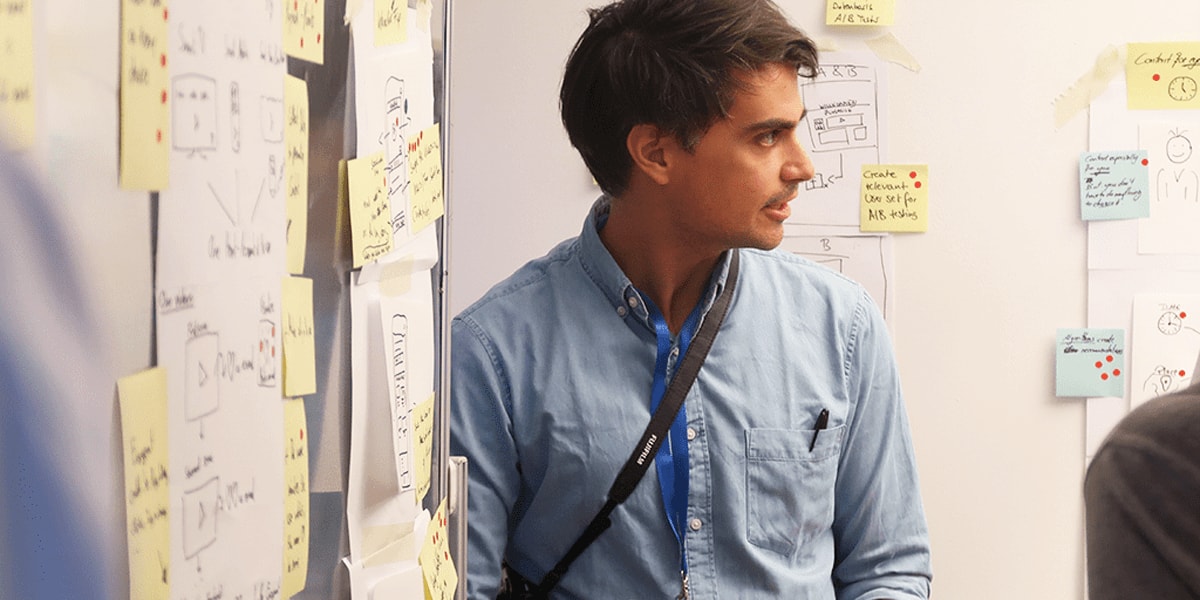
5. Zoom out and look at the big picture (and enjoy the ride!)
“A lot of junior designers struggle to see the bigger picture. They’re often very focused on specific things so they don’t necessarily think about the questions and challenges that are connected to this thing that they’re working on. This is why they come up with something that looks really cool, and really fancy, but then when you actually ask them a couple of questions about it they don’t have any answers because they haven’t thought about it practically.
Looking back at my own career, at the time I spent as a junior designer, I completely resented being called a junior but that was actually one of the most interesting parts of my career. This is when nobody really has these insanely high expectations of you and you can still experiment and branch out and try different things, it’s way easier to surprise people.”
-Tim Höfer, Product Design Director at AJ&Smart
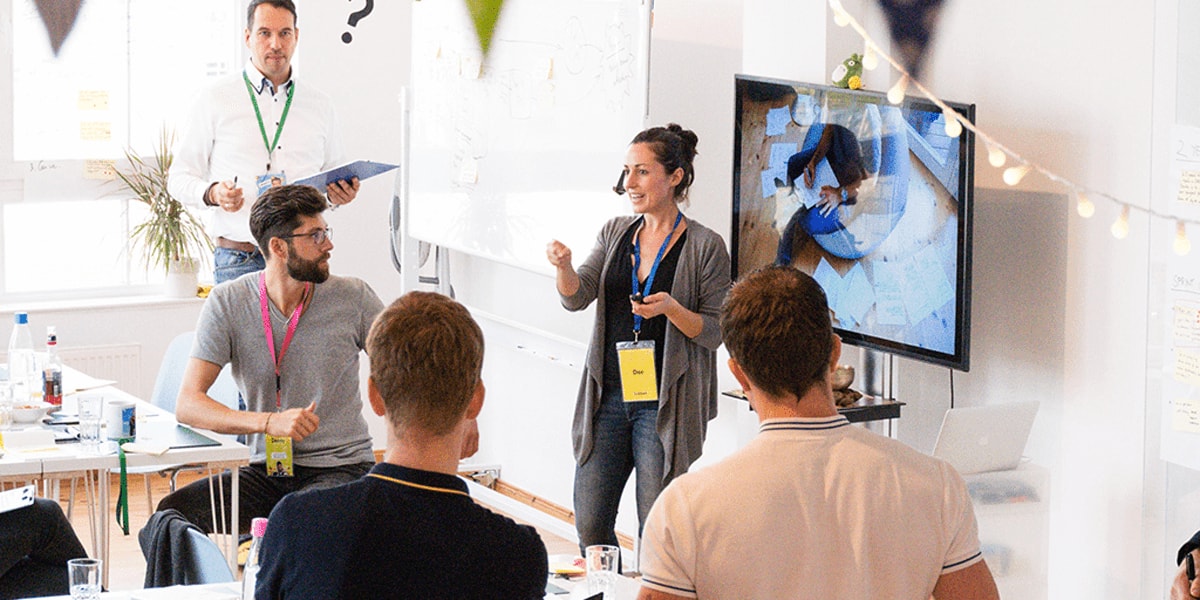
Round up: Designers who can facilitate will ALWAYS get ahead.
“If I could go back in time I’d focus on being seen as the designer who can coordinate and align as early as possible, rather than being the person in the team always executing the work.
Being a strategic partner is always better career-wise than being one of the millions and millions of people who are just seen to be executors.
If I had known that one of the best ways for designers to become a strategic partner with senior colleagues and clients is to become the facilitator, the workshopper, then I would have done this from day one.
This is exactly why we launched Workshopper—to be a free resource for Designers who want to fast-track their career from day one, by becoming workshoppers.”
– Back over to Jonathan Courtney, CEO & Founder of AJ&Smart who talks more about exactly this topic here!
Being totally honest, there are about 3 million things we wish we knew before we started out, but in starting a new career, or changing careers, part of the fun is discovering and navigating uncharted territory.
A huge part of career fulfillment and advancement comes from handling obstacles that come up unexpectedly and refining your approach each time something unexpected happens.
At AJ&Smart we’re big advocates of the ‘getting started is more important than being right’ philosophy—so if you’re debating a career change, we’d urge you to get started, get out there, learn from your mistakes, share your learnings, explore the industry, and oh—become a workshopper!
Want to learn more about UX design? Check out these articles:
